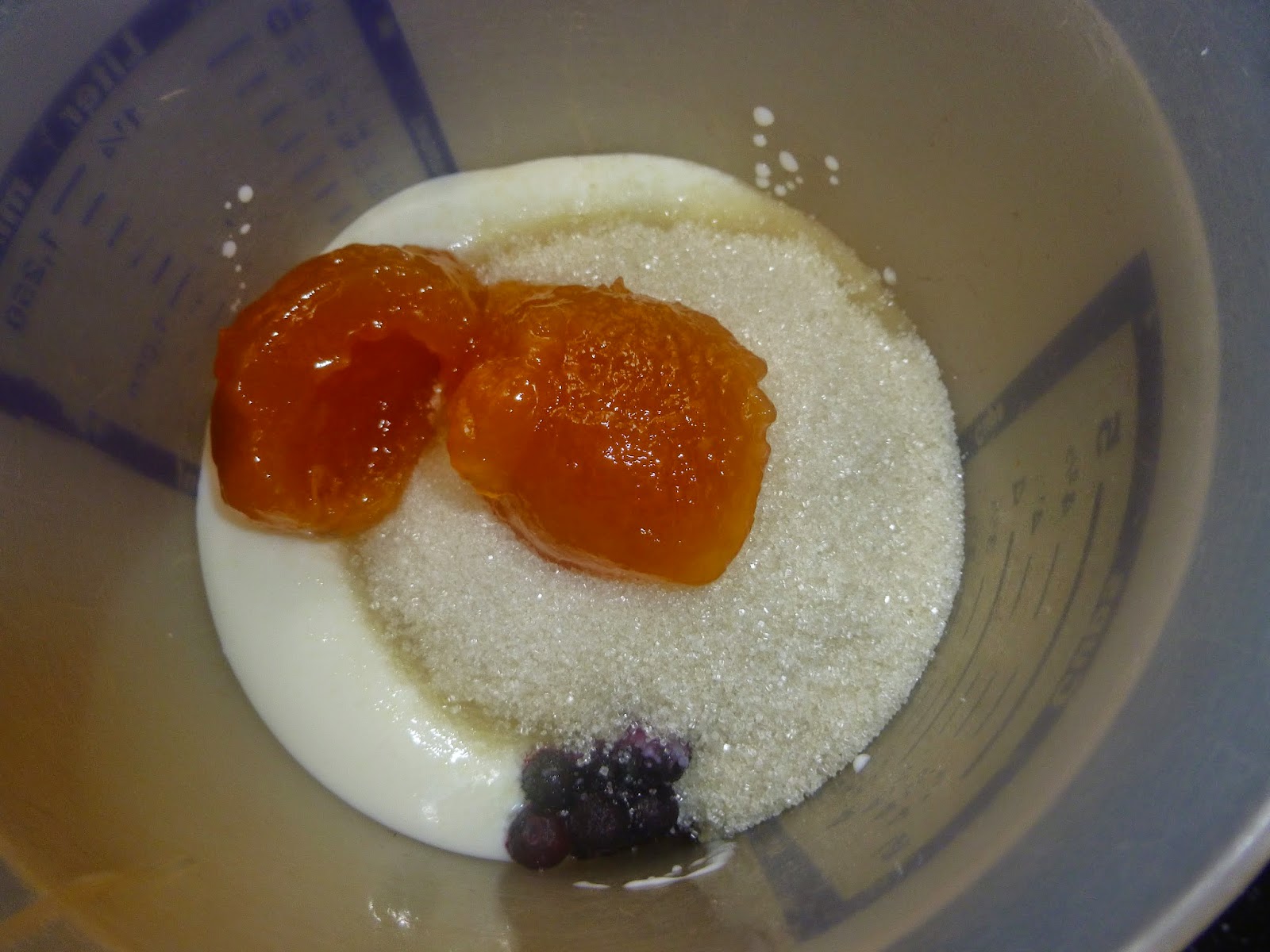Baked pears with orange sauce
 Ingredients
Ingredients4 tbsp melted butter
4 Tbsp breadcrumbs
3 tbsp brown sugar
1/2 tsp grated orange peel
1 pinch nutmeg
1 pinch of salt
2 pears
150 ml elderflower syrup (or similar)
150ml water
100 g cream cheese
2 tbsp cream
1 tsp grated orange peel
1 tbsp orange juice
4 tsp powdered sugar
Preparation
Mix the melted butter thoroughly with the breadcrumbs , brown sugar, grated orange peel, nutmeg and salt.
Peel, wash, halve and core the pears. Drizzle the pear halves with the butter-sugar mixture and then place them in an ovenproof dish.
Mix the syrup with approx. 150 ml of water and pour the liquid into the mold with the pears. Close the mold or cover with aluminum foil.
Place in the oven on the grill at around 350 °F (175 °C) for around 15 minutes.
Mix the cream cheese with the cream, the grated orange peel, the tablespoon of orange juice and the powdered sugar.
Serve the warm pear halves with the cold orange sauce for dessert.
[Translated from here.]










































